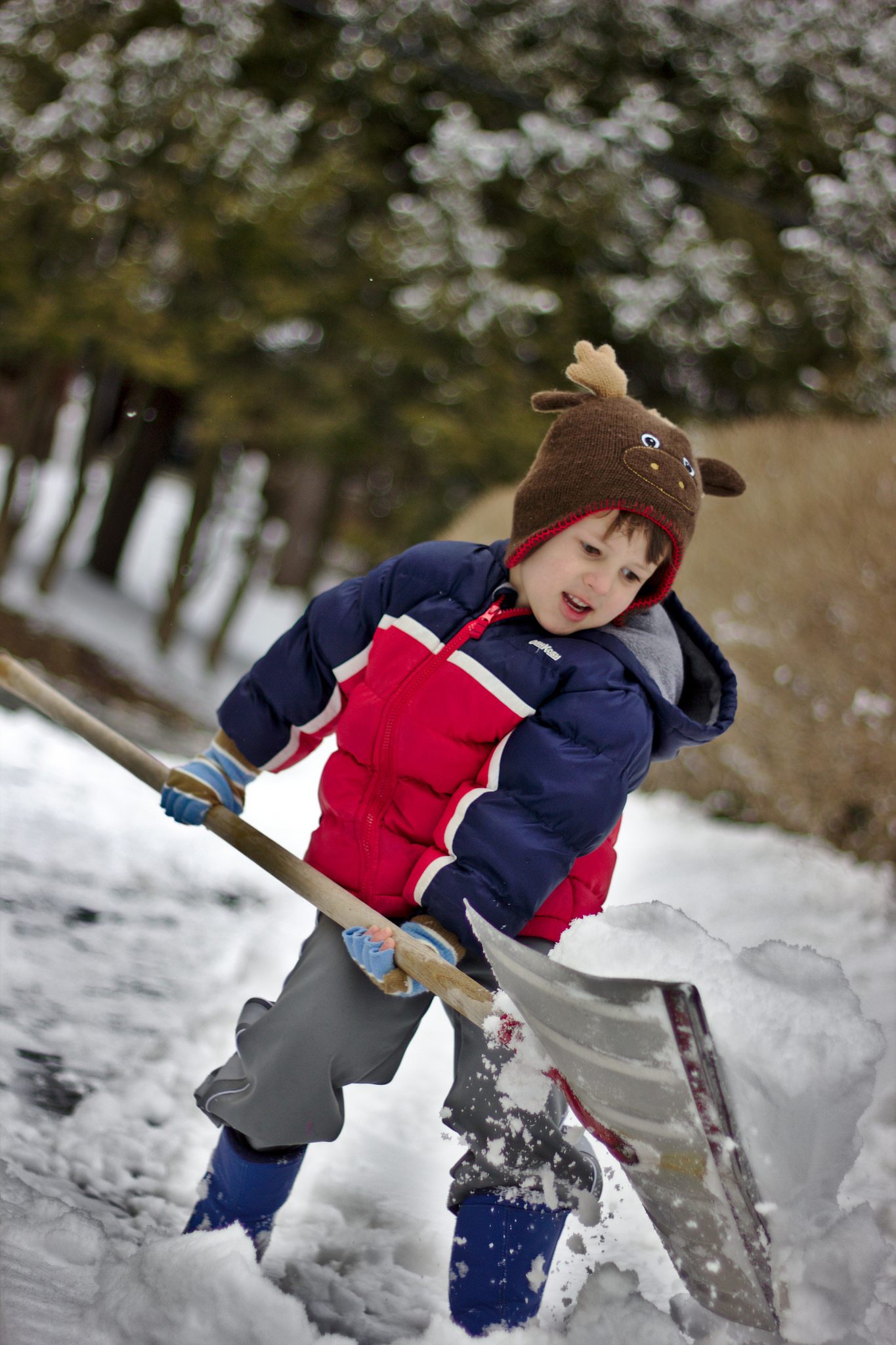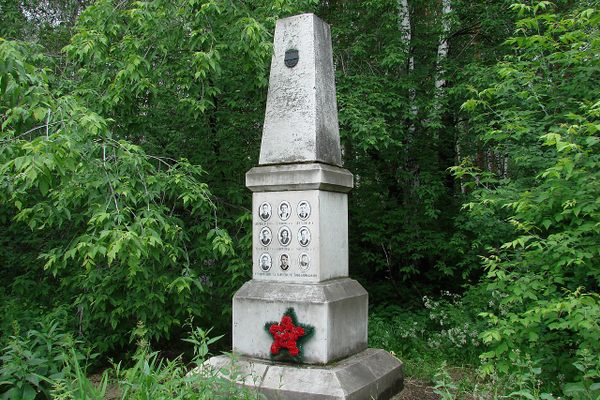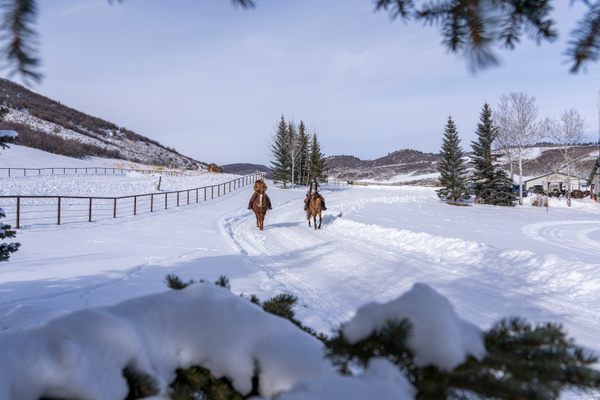Why Snow Shoveling is an Unusually Deadly Type of Exercise

Experts recommend people over 55 don’t shovel snow. (Photo: Sage Ross/Wikimedia Commons)
Yesterday, in the onslaught of announcements from New York officials about the near-record setting blizzard conditions, a data point stood out. At least three people, two in Staten Island, one in Queens died while shoveling snow.
Farther south, a Maryland man also dropped dead during shoveling. Late last night, the New York Times put the shoveling death toll at 6 for the storm.
And that’s just this past weekend. A few years ago, Ohio researchers clocked around 11,500 snow shoveling injuries and deaths annually in the United States, with over half being cardiac events. (Normally, cardiac problems account for around 10 percent of hospital visits, according to the Washington Post.) Another study, from 1990 to 2006, found over 1,600 fatalities.
The connection between snow shoveling and heart attacks is fairly well-documented, but the reasons behind the correlation go beyond the fact that shoveling snow is intense exercise—it’s a very specific kind of exercise. Per an excellent article in the Conversation:
Snow shoveling is a unique form of exertion. It can be vigorous and challenging to the cardiovascular system in general, and the heart in particular. When combined with the inherent environmental conditions of winter, snow shoveling during or after a blizzard may be the “perfect storm” for a cardiac event in those with known or “occult” (hidden) coronary disease.
So when you are shoveling snow, you are performing an action that is deceptively difficult on your heart. Again, the Conversation:
First and obviously, it is typically performed in cold weather. Cold air inhalation may cause a reflex constriction of blood vessels, including the coronary arteries. Cold air may also increase the blood’s propensity for clotting. If blood clots form and there is a tear in the inside of the artery, a blood clot could form a blockage.
The second issue is the nature of the exercise—and snow shoveling is unique. It is typically done without a warm up, and includes considerable arm work that increases blood pressure drastically. As blood pressure rises, so too does the work of the heart. Meanwhile, your leg muscles are typically performing isometric work (where you produce a lot of tension but your muscles don’t move your joint – like an even tie during an arm-wrestle). This type of muscle activity, especially in the upper body (as you tightly grip the shovel), raises blood pressure more than, say, walking or jogging.
Added to that a tendency for people to not exhale out after raising their arms (“the Valsalva maneuver”) and the fact that it is your chest, not your whole body, that requires a sudden burst of oxygen while shoveling, and it’s extremely dangerous for those with heart disease or other underlying conditions. Also, a doctor told the BBC that it doesn’t help that circadian rhythms make people more susceptible to heart attacks from 6 a.m. to 10 a.m.—prime shoveling time.
So, what to do? Experts recommend that people over 55 years old avoid shoveling and there are numerous guides on how to do it safely. But that doesn’t mean that healthy older people aren’t out on the streets, shoving snow from the sidewalks. Howard Smith, 91, has been outside all weekend. His trick? “The key for me is to use a small shovel,” he told the New York Times, “I want a safe sidewalk, not a heart attack.”












Follow us on Twitter to get the latest on the world's hidden wonders.
Like us on Facebook to get the latest on the world's hidden wonders.
Follow us on Twitter Like us on Facebook